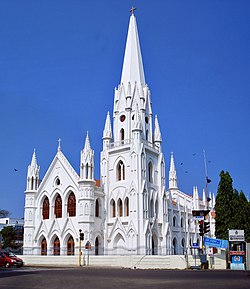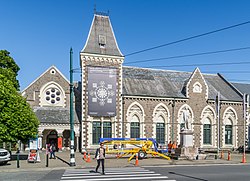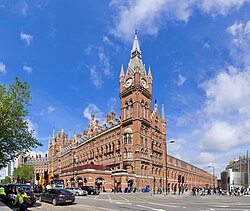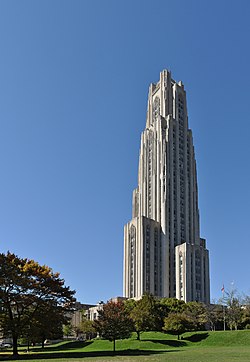This article needs additional citations for verification .(January 2014) |
The following is a list of notable buildings in the Gothic Revival style.
Contents
- Argentina
- Australia
- New South Wales
- Victoria
- Queensland
- Western Australia
- South Australia
- Tasmania
- Austria
- Azerbaijan
- Barbados
- Belgium
- Bosnia and Herzegovina
- Brazil
- Canada
- Chile
- China
- Croatia
- Costa Rica
- Czech Republic
- Denmark
- Ecuador
- Equatorial Guinea
- Finland
- France
- Germany
- Guyana
- Hungary
- India
- Indonesia
- Ireland
- Italy
- Liguria
- Piedmont
- Veneto
- Trieste
- Tuscany
- Lazio
- Molise
- Campania
- Sardinia
- Sicily
- Japan
- Korea
- Lithuania
- Malaysia
- Mexico
- Myanmar
- Netherlands
- New Zealand
- Nigeria
- Norway
- Pakistan
- Philippines
- Poland
- Romania
- Russia
- Serbia
- Singapore
- Slovakia
- South Africa
- Spain
- Sweden
- Neo gothic buildings erected during 19th or 20th century
- Medieval and other buildings influenced by neo gothic renovation
- Tanzania
- Ukraine
- United Kingdom
- England
- Northern Ireland
- Scotland
- Wales
- United States
- Alabama
- California
- Colorado
- Connecticut
- Florida
- Georgia
- Illinois
- Indiana
- Louisiana
- Maryland
- Massachusetts
- Michigan
- Mississippi
- Missouri
- New Jersey
- New York
- North Carolina
- Ohio
- Oklahoma
- Pennsylvania
- Tennessee
- Texas
- Utah
- Virginia
- Washington
- Washington, D.C.
- Wyoming
- Vietnam
- References














































